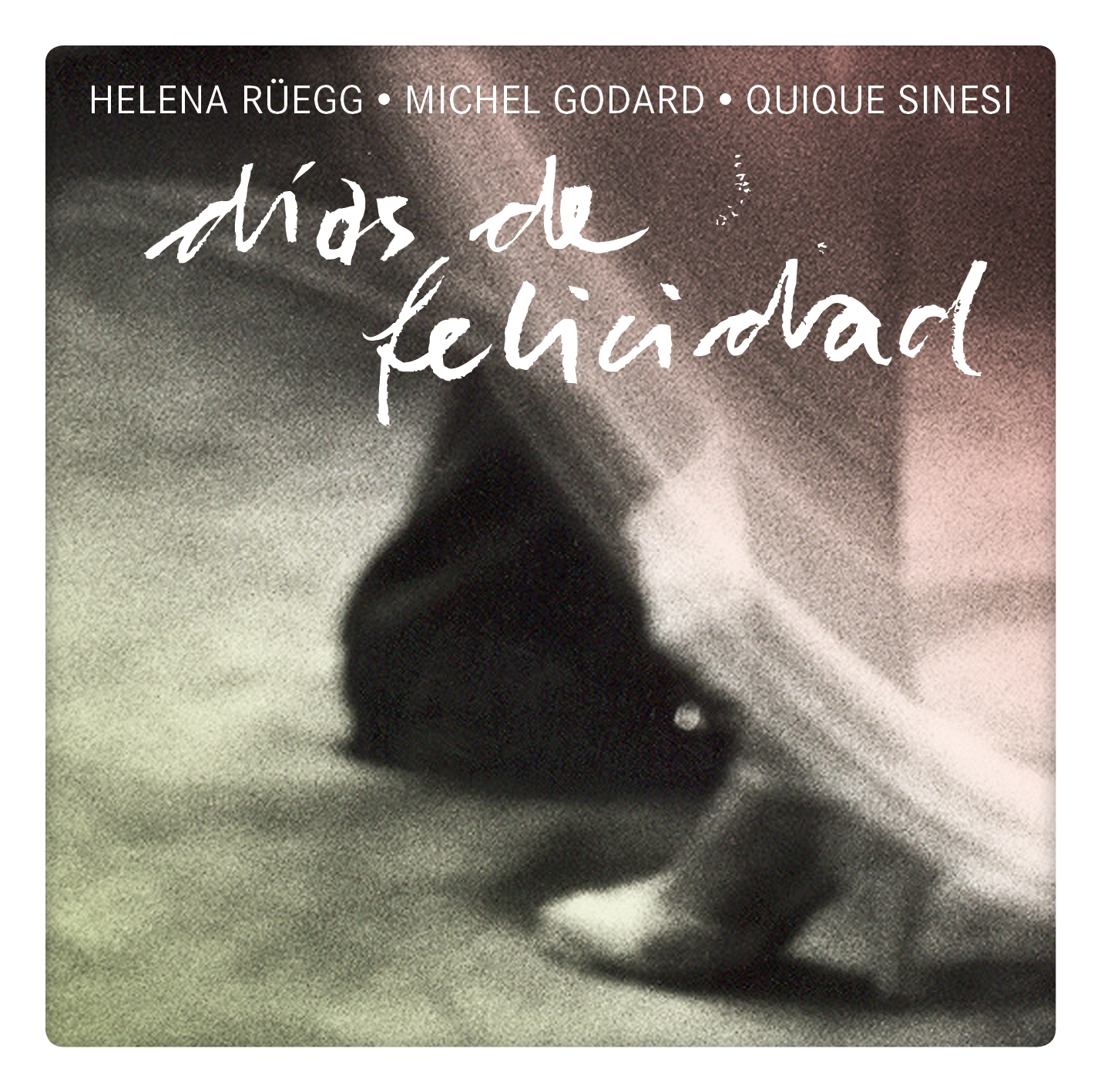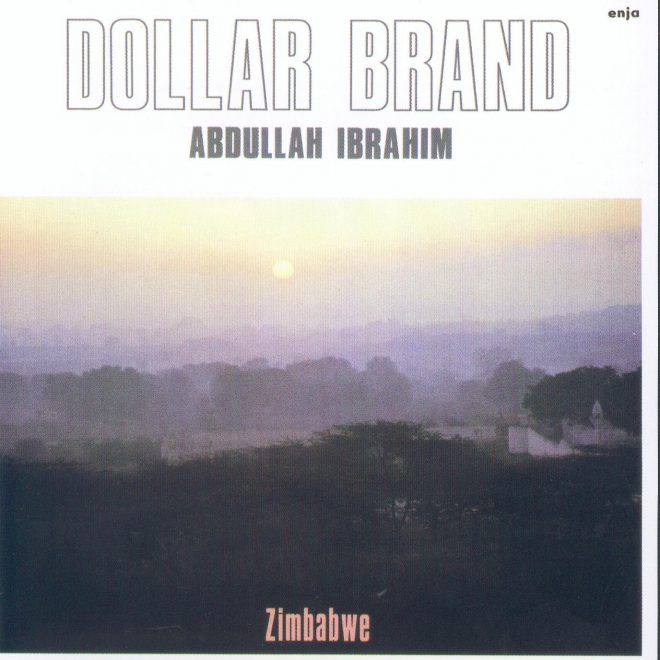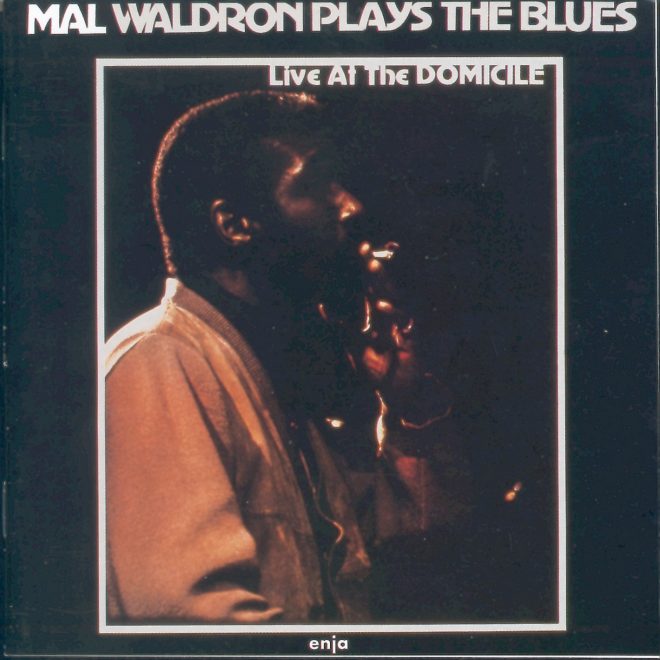Beschreibung
These are days of happiness!“ – that´s the way I feel when I have the privilege to play with Quique Sinesi and Michel Godard.
I began playing with Quique Sinesi fifteen years ago. He supported me much when I was starting to play the bandoneon. Good-humored and relaxed, Quique Sinesi encouraged me to go on learning and to explore new musical territories. I love the way he plays the guitar and composes. He never puts his enormous virtuosity into the foreground. Rather, with great modesty, he puts his emphasis on listening carefully, with ”big ears”, and on blending in harmoniously, supporting the other musicians of an ensemble by playing exactly what is needed for the music.
My acquaintance with tuba- and serpent-virtuoso Michel Godard is much more recent, but highly intense. From the first time I heard him play, I was fascinated by the way Michel Godard draws the most different timbres from his instruments, by his beautiful melodies and entrancing improvisations. Michel also never rests on his laurels and goes on improving his impressive mastery. His enormous curiosity drives him on and on to discover and to create new music. In this process, he has played with famous experts of baroque, world music and jazz improvisation.
The three of us started playing together thanks to the Jazz Club Eisenach. By doing so, we discovered the great musical potential that our trio has.
Nowadays, the bandoneon is generally identified with Argentinian Tango. It is widely unknown that this instrument (called Bandonion in German) was invented in the middle of the 19th century in Carlsfeld (Ore Mountains, Germany) by Carl Friedrich Zimmermann with the purpose of replacing the organ during church processions and to play miner songs and other folk music on it. The so-called “miner´s piano“ soon became very popular when Saxon mine workers spread it all over Germany. They played it after their working hours in the mines to accompany dances. In the 1920s and 1930s, the instrument was so popular that there were more Bandonion-clubs than football clubs in Germany, and even Kurt Weill made compositions for it.
I fell in love with the expressivity and the different timbres of this little “squeezebox” and its countless buttons on my first trip to Buenos Aires – so much that I decided to quit my old job and to study the bandoneon, without giving any thoughts to the question of what kind of adventure I was embarquing on. At the beginning, I only studied the repertoire of tango, but slowly, I tried my hands at different musical styles and began to write my own pieces.
The bandoneon is an instrument that still remains to be discovered – beyond any particular musical style. It is my wish to use it in unexpected musical contexts and to explore new sound spaces – and this wish spurs me on. Last year, while I was putting together the program for the bandoneon festival in Eisenach, I had the idea of trying out a combination that had never been seen before in classical tango: would it be possible to have a bandoneon, a guitar and a tuba playing together? What would the sound of such a trio be like?
Of course, I was also prompted to this experiment because I had particular musicians in mind: I was hoping that the meeting of such innovative improvisators as Michel Godard and Quique Sinesi would create a new sound universe with a unique groove.
Our first concert showed us the tremendous artistic and human potential of our trio and we decided to record a CD as soon as possible. This enthusiasm was contagious. Thus, thanks to a coproduction between the SWR and the record label Enja, we spent five happy days recording the CD „Días de felicidad“. Our repertoire consists of classical tangos and milongas in new arrangements and pieces of our own with much improvisation, in which we realize our musical visions.
These are days of happiness!“ – that´s the way I feel when I have the privilege to play with Quique Sinesi and Michel Godard.
I began playing with Quique Sinesi fifteen years ago. He supported me much when I was starting to play the bandoneon. Good-humored and relaxed, Quique Sinesi encouraged me to go on learning and to explore new musical territories. I love the way he plays the guitar and composes. He never puts his enormous virtuosity into the foreground. Rather, with great modesty, he puts his emphasis on listening carefully, with ”big ears”, and on blending in harmoniously, supporting the other musicians of an ensemble by playing exactly what is needed for the music.
My acquaintance with tuba- and serpent-virtuoso Michel Godard is much more recent, but highly intense. From the first time I heard him play, I was fascinated by the way Michel Godard draws the most different timbres from his instruments, by his beautiful melodies and entrancing improvisations. Michel also never rests on his laurels and goes on improving his impressive mastery. His enormous curiosity drives him on and on to discover and to create new music. In this process, he has played with famous experts of baroque, world music and jazz improvisation.
The three of us started playing together thanks to the Jazz Club Eisenach. By doing so, we discovered the great musical potential that our trio has.
Nowadays, the bandoneon is generally identified with Argentinian Tango. It is widely unknown that this instrument (called Bandonion in German) was invented in the middle of the 19th century in Carlsfeld (Ore Mountains, Germany) by Carl Friedrich Zimmermann with the purpose of replacing the organ during church processions and to play miner songs and other folk music on it. The so-called “miner´s piano“ soon became very popular when Saxon mine workers spread it all over Germany. They played it after their working hours in the mines to accompany dances. In the 1920s and 1930s, the instrument was so popular that there were more Bandonion-clubs than football clubs in Germany, and even Kurt Weill made compositions for it.
I fell in love with the expressivity and the different timbres of this little “squeezebox” and its countless buttons on my first trip to Buenos Aires – so much that I decided to quit my old job and to study the bandoneon, without giving any thoughts to the question of what kind of adventure I was embarquing on. At the beginning, I only studied the repertoire of tango, but slowly, I tried my hands at different musical styles and began to write my own pieces.
The bandoneon is an instrument that still remains to be discovered – beyond any particular musical style. It is my wish to use it in unexpected musical contexts and to explore new sound spaces – and this wish spurs me on. Last year, while I was putting together the program for the bandoneon festival in Eisenach, I had the idea of trying out a combination that had never been seen before in classical tango: would it be possible to have a bandoneon, a guitar and a tuba playing together? What would the sound of such a trio be like?
Of course, I was also prompted to this experiment because I had particular musicians in mind: I was hoping that the meeting of such innovative improvisators as Michel Godard and Quique Sinesi would create a new sound universe with a unique groove.
Our first concert showed us the tremendous artistic and human potential of our trio and we decided to record a CD as soon as possible. This enthusiasm was contagious. Thus, thanks to a coproduction between the SWR and the record label Enja, we spent five happy days recording the CD „Días de felicidad“. Our repertoire consists of classical tangos and milongas in new arrangements and pieces of our own with much improvisation, in which we realize our musical visions.
These are days of happiness!“ – that´s the way I feel when I have the privilege to play with Quique Sinesi and Michel Godard.
I began playing with Quique Sinesi fifteen years ago. He supported me much when I was starting to play the bandoneon. Good-humored and relaxed, Quique Sinesi encouraged me to go on learning and to explore new musical territories. I love the way he plays the guitar and composes. He never puts his enormous virtuosity into the foreground. Rather, with great modesty, he puts his emphasis on listening carefully, with ”big ears”, and on blending in harmoniously, supporting the other musicians of an ensemble by playing exactly what is needed for the music.
My acquaintance with tuba- and serpent-virtuoso Michel Godard is much more recent, but highly intense. From the first time I heard him play, I was fascinated by the way Michel Godard draws the most different timbres from his instruments, by his beautiful melodies and entrancing improvisations. Michel also never rests on his laurels and goes on improving his impressive mastery. His enormous curiosity drives him on and on to discover and to create new music. In this process, he has played with famous experts of baroque, world music and jazz improvisation.
The three of us started playing together thanks to the Jazz Club Eisenach. By doing so, we discovered the great musical potential that our trio has.
Nowadays, the bandoneon is generally identified with Argentinian Tango. It is widely unknown that this instrument (called Bandonion in German) was invented in the middle of the 19th century in Carlsfeld (Ore Mountains, Germany) by Carl Friedrich Zimmermann with the purpose of replacing the organ during church processions and to play miner songs and other folk music on it. The so-called “miner´s piano“ soon became very popular when Saxon mine workers spread it all over Germany. They played it after their working hours in the mines to accompany dances. In the 1920s and 1930s, the instrument was so popular that there were more Bandonion-clubs than football clubs in Germany, and even Kurt Weill made compositions for it.
I fell in love with the expressivity and the different timbres of this little “squeezebox” and its countless buttons on my first trip to Buenos Aires – so much that I decided to quit my old job and to study the bandoneon, without giving any thoughts to the question of what kind of adventure I was embarquing on. At the beginning, I only studied the repertoire of tango, but slowly, I tried my hands at different musical styles and began to write my own pieces.
The bandoneon is an instrument that still remains to be discovered – beyond any particular musical style. It is my wish to use it in unexpected musical contexts and to explore new sound spaces – and this wish spurs me on. Last year, while I was putting together the program for the bandoneon festival in Eisenach, I had the idea of trying out a combination that had never been seen before in classical tango: would it be possible to have a bandoneon, a guitar and a tuba playing together? What would the sound of such a trio be like?
Of course, I was also prompted to this experiment because I had particular musicians in mind: I was hoping that the meeting of such innovative improvisators as Michel Godard and Quique Sinesi would create a new sound universe with a unique groove.
Our first concert showed us the tremendous artistic and human potential of our trio and we decided to record a CD as soon as possible. This enthusiasm was contagious. Thus, thanks to a coproduction between the SWR and the record label Enja, we spent five happy days recording the CD „Días de felicidad“. Our repertoire consists of classical tangos and milongas in new arrangements and pieces of our own with much improvisation, in which we realize our musical visions.




